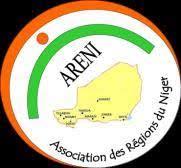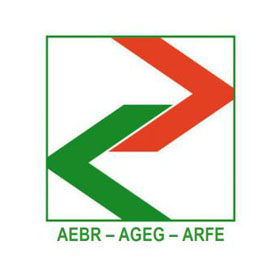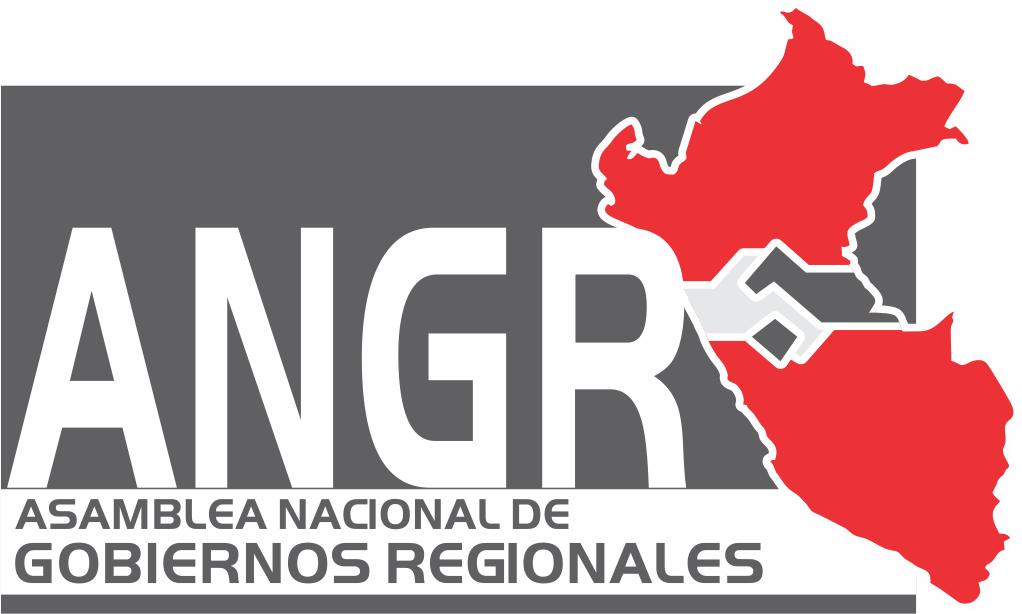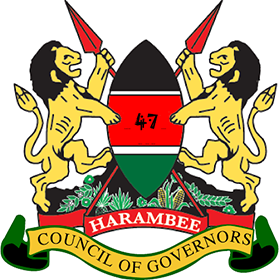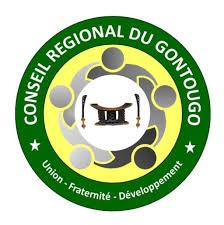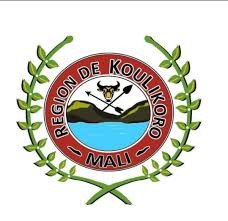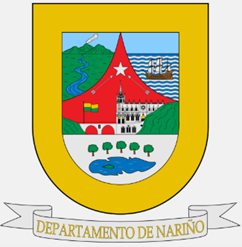What is Co-Governance?
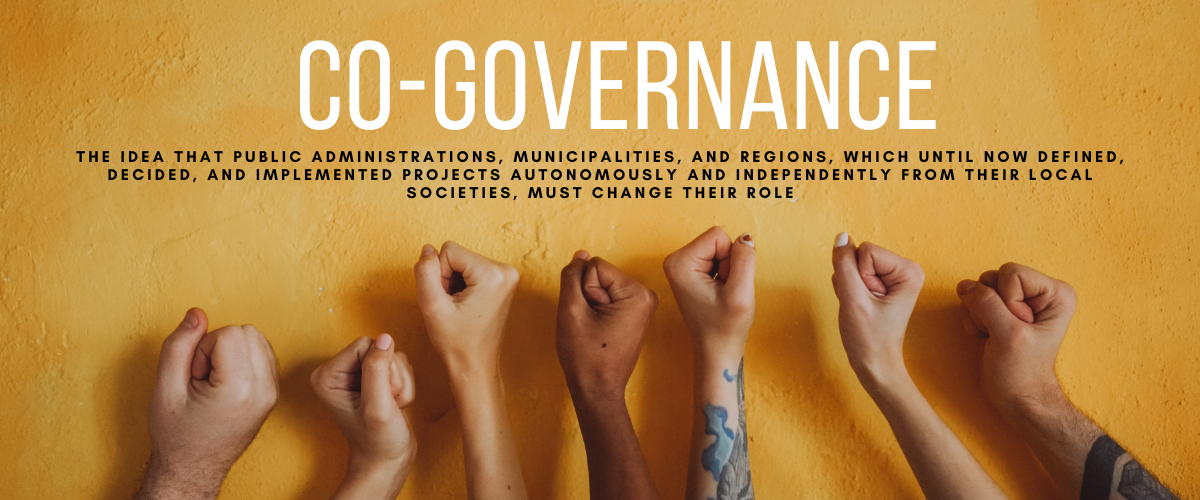
Alain Jordà
Author of Local and Territorial Development: A Guide for Politicians and Technicians
Expert in Local Development for cities, regions, and countries
COVID taught us that only through collaboration at all levels—between countries, between the different actors in a society—can we overcome the great challenges and threats that we must continuously face. Co-governance is the idea that public administrations, municipalities, and regions, which until now defined, decided, and implemented projects autonomously and independently from their local societies, must change their role.
In co-governance, the role of City Councils and Regional Governments is to lead their society. However, on major issues, the most important ones, and especially those they cannot implement alone—which, incidentally, are the majority (think, for example, of changes in mobility, waste management, water management, or efforts to promote tourism, among many others that depend on the daily actions and commitment of each citizen and each institution)—the role of public institutions is to call on citizens to jointly seek solutions, make proposals, and decide together on the path to take. And that is precisely what co-governance is.
The virtue of co-governance lies in achieving what poorly designed participation fails at miserably: with effective co-governance in place, citizens not only take part in defining the path to follow but, above all, are committed to doing their part to ensure the adopted decision succeeds.
Co-governance brings two essential values to city management
1. Firstly, the solutions and projects that are jointly adopted are far better than those that the municipality or region could design on their own (this statement also applies when experts are hired to design the project in question). The reason for this is that society also contains experts in every field, and everyday citizens possess excellent first-hand knowledge of their city, neighborhood, or street, as well as what happens there. This knowledge can be incredibly useful for refining any project.
2. When citizens feel that their contributions are truly listened to (not just heard) and have the opportunity to express their opinions and debate the proposals of others, they take ownership of the project being built collectively. This happens even if their contributions are not incorporated into the final proposal, because through debate, everyone has had the chance to defend their ideas while also hearing reasonable counterarguments or even better proposals than their own.
○ An additional and critically important point is that when we talk about “citizens,” we are not only referring to individuals and their groups (associations, clubs, etc.) but also to academia and businesses. Engaging academia and businesses to carry out local projects, especially in the context of the ongoing resource scarcity faced by local and regional administrations, is the best way to increase the resources available to the city for its projects.
○ Another significant asset generated by co-governance is the ability to unite academia, businesses, and civil society with public institutions to secure external resources—whether from national governments or multilateral funding sources—greatly improving the city’s chances of obtaining such resources.
Securing citizen commitment, generating better projects, and gaining the support of academia, businesses, and the public to see projects through is an extraordinary result for any local or regional manager. And for that, co-governance is the solution. This is why co-governance is gradually spreading across all types of governments and countries.
How to Implement Co-Governance
One approach is to start step by step, focusing on a specific issue, and then gradually expanding to other areas. However, I am convinced that the fastest and most natural way to begin is by jointly defining the future of the territory with society. This is precisely what we do in strategic processes with the cities and regions I collaborate with.
The method by which the cities and territories I work with define their Future Plan is a pure exercise in co-governance. Furthermore, it naturally sets co-governance in motion, allowing it to continue being applied subsequently to more and more areas of governance within that territory.
Different Scenarios for Co-Governance
Co-governance is not only applicable within a territory with its own local authority but can also be extended to other contexts, such as:
In a region, among its provinces
Co-governance between the provinces of a region enables them to co-define the path for the region, ensuring that all provinces feel part of the regional effort because their specific interests are reflected in the regional plans.
In an association of regions or cities
In this context, co-governance is the only way to achieve results, as each member of the association is independent and autonomous in its decisions.
An association gains its purpose when collaboration among its members is directed toward common concerns and objectives that members believe they can address more successfully by working together.
An association does not aim to influence all areas of governance for its members, but only those objectives they define as common to the group. The way to define plans to address these common objectives must necessarily involve co-governance. Otherwise, it is impossible for it to work, as any member that feels disregarded will contribute nothing to the projects, no matter how much the association may have approved them.
In the realm of associations, therefore, co-governance is the standard to follow if success is to be achieved. For this reason, the director of the association must possess excellent relational skills to interact effectively with the various Mayors, Governors, and other leaders.
Below, you will find an article about a specific case I worked on a few years ago.
Additional Notes on Co-Governance
● Co-governance is not just about co-defining a plan or project and jointly deploying the agreed actions. It also includes shared monitoring of the implementation of the co-designed plan or projects. In other words, co-governance involves two complementary and inseparable facets:
1. On the part of the leader, the delegation of decision-making power to society as a whole.
2. Shared responsibility for the execution of projects and their final evaluation. This means that all parties are equally accountable for the outcomes of each project. In the case of insufficient results, they mutually support one another—either to improve those results or to accept mistakes with the aim of avoiding their repetition in the future.
● Co-governance inherently includes the concept of debate. The co-definition of projects or plans cannot be genuine without debate. In other words, co-governance is not about presenting pre-defined projects for the community to validate or slightly modify. Nor is it about someone gathering information—via surveys, interviews, or assemblies—and distilling a final proposal from it. Co-governance involves posing a challenge (such as defining the future vision of the city or deciding how to redesign and pacify a street), starting from scratch, and building, step by step, a shared, unified position among participants in response to the challenge. This outcome can only be achieved through debate. Naturally, an appropriate methodology must be used to define every detail of the process, but only through argumentation and debate leading to an agreed final position can the benefits of full commitment from all participants to that final co-defined solution be realized.
● The need to agree through debate is a tremendous opportunity for many of these co-definition processes to become true generators of social or territorial innovation. They create solutions that would have been unimaginable without the process of debate and exchange among different stakeholders with varied perspectives.
● Co-governance does not depend on laws or regulations. It is the highest local authority that can enable co-governance processes within the territory they lead, regardless of whether there are legislative or regulatory provisions to support it. Implementing co-governance in a territory is not a matter of legislation; it is a matter of willingness and leadership on the part of the local authority.
● Co-governance also requires a learning process for the local society. While it is the highest local authority that must enable and promote it, local society also needs to undergo an awareness-raising process to understand its scope and implications and to adapt to the new dynamics of relationships among stakeholders that it entails. In particular, co-governance redefines relationships, moving beyond the traditional “I, society, demand that the government gives me what I ask for” model. Instead, co-governance also involves codependence and shared responsibility.
(Extracted from the article “Participation vs. Co-Governance”)




